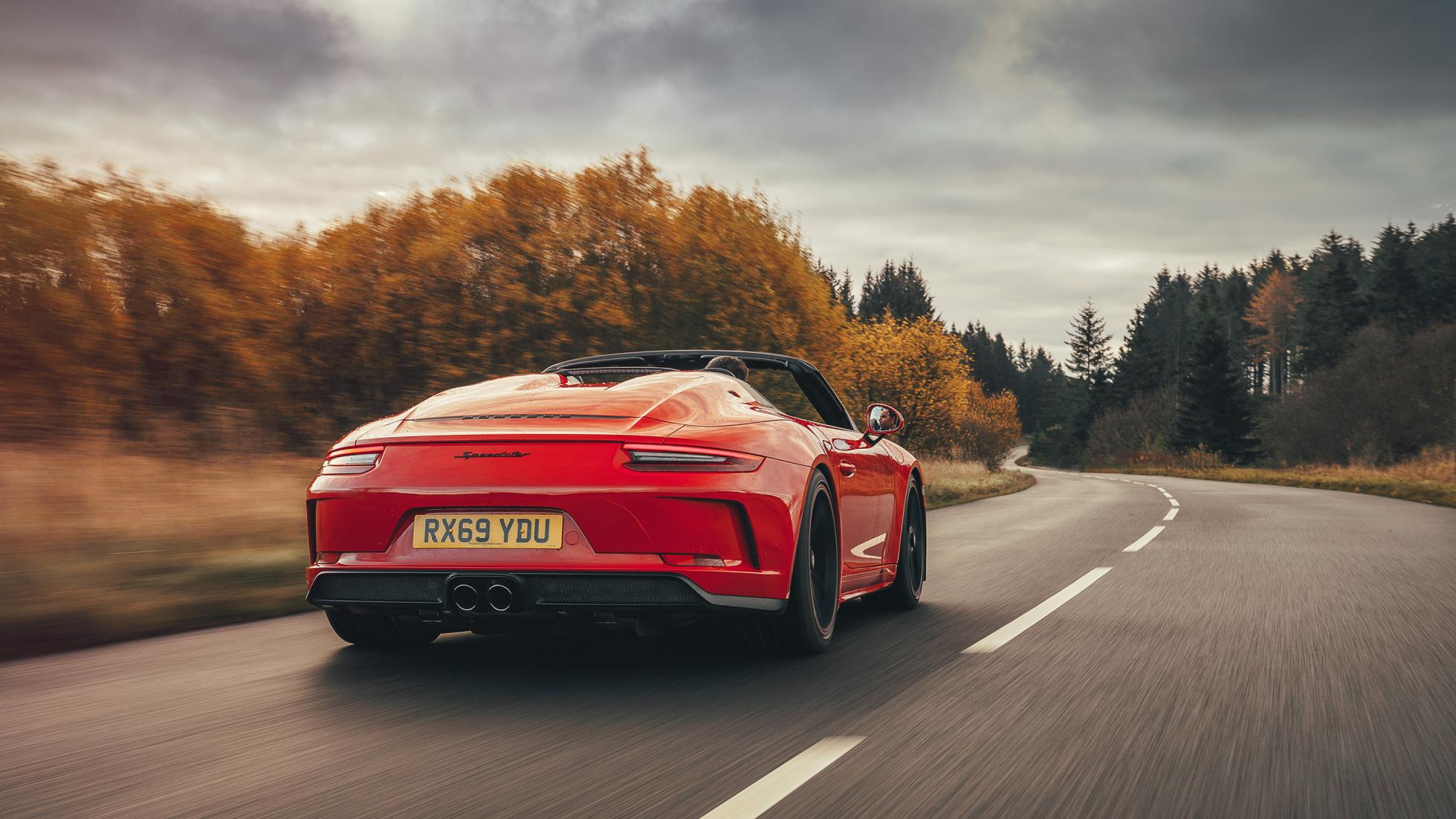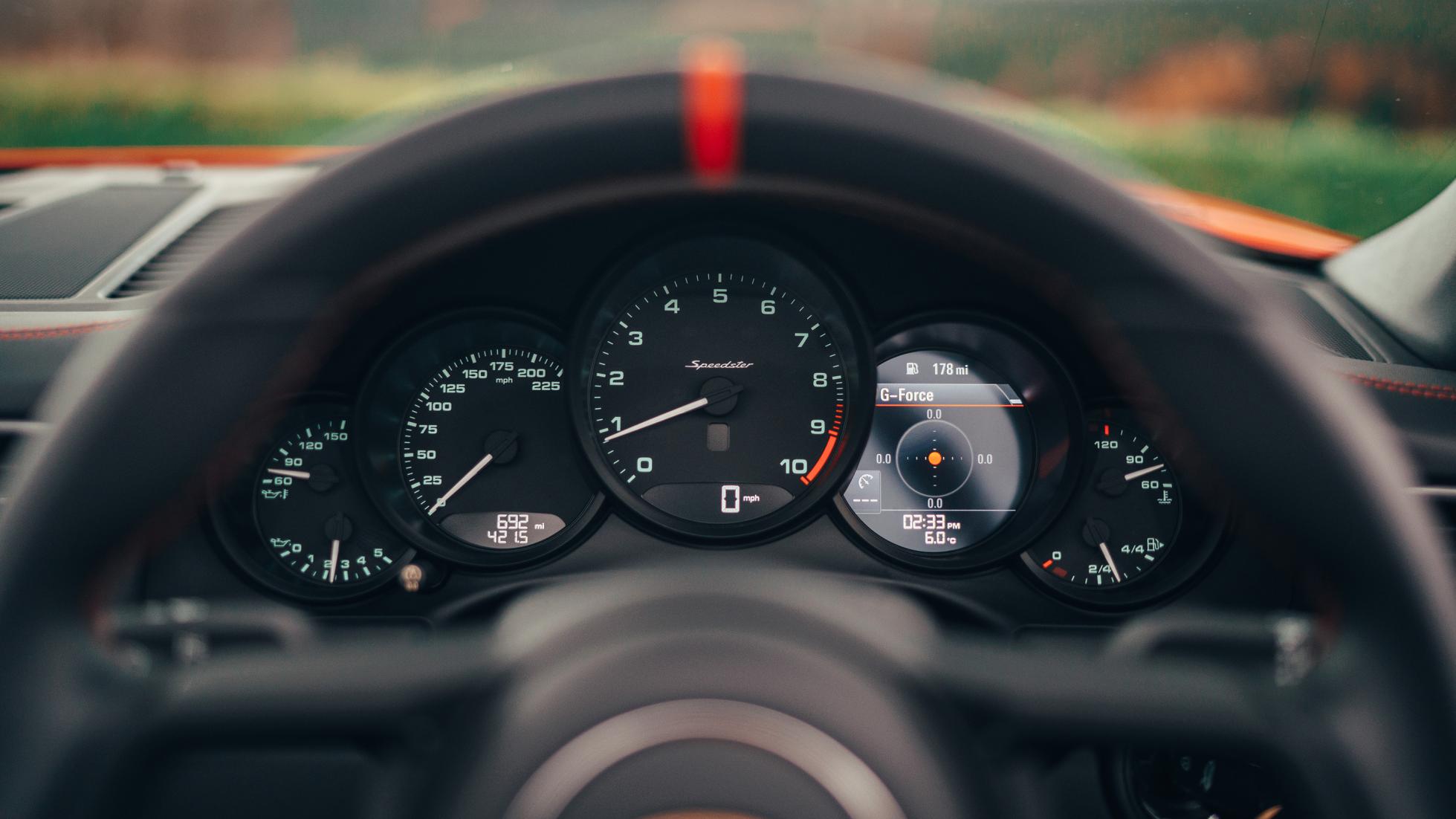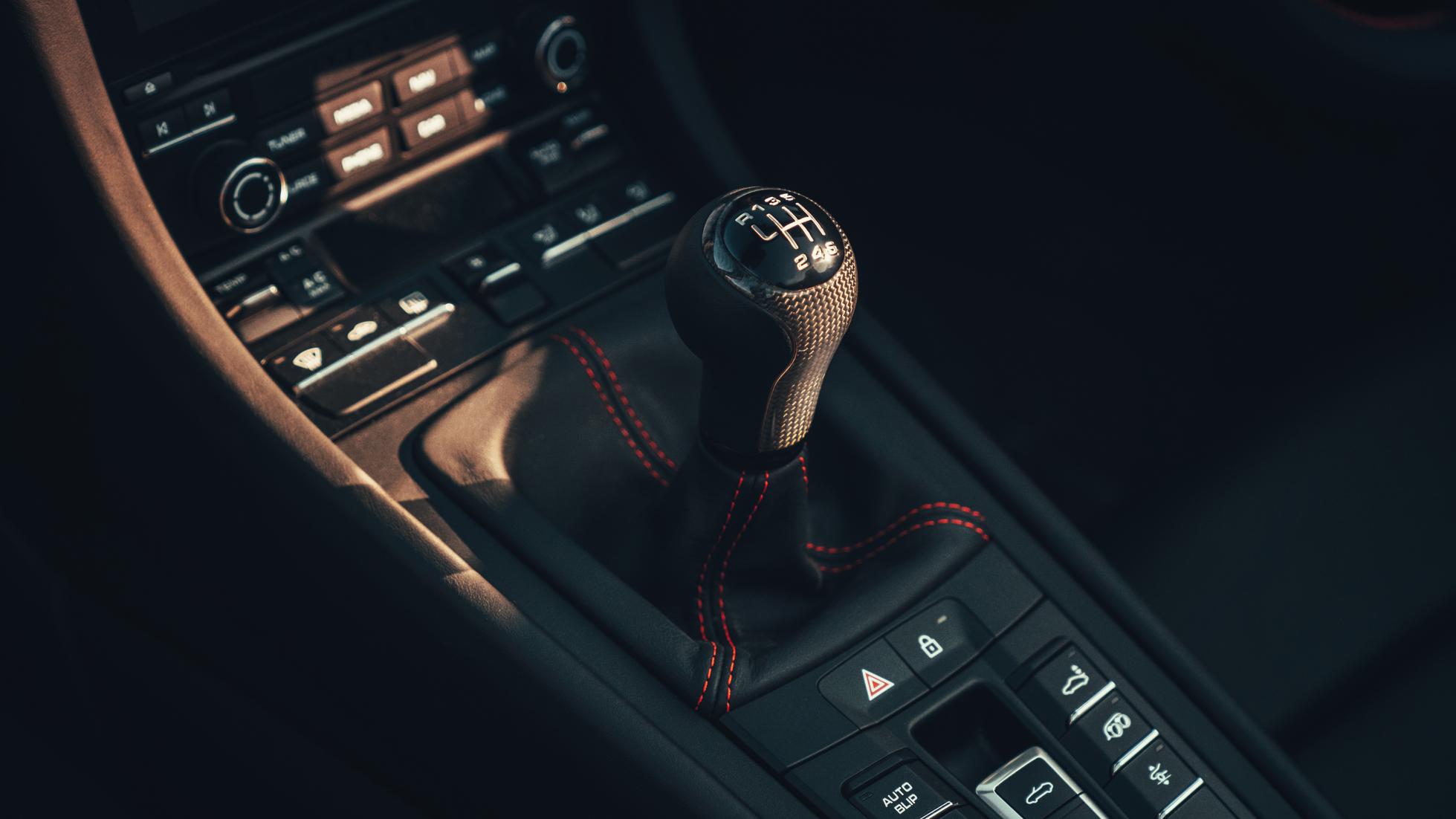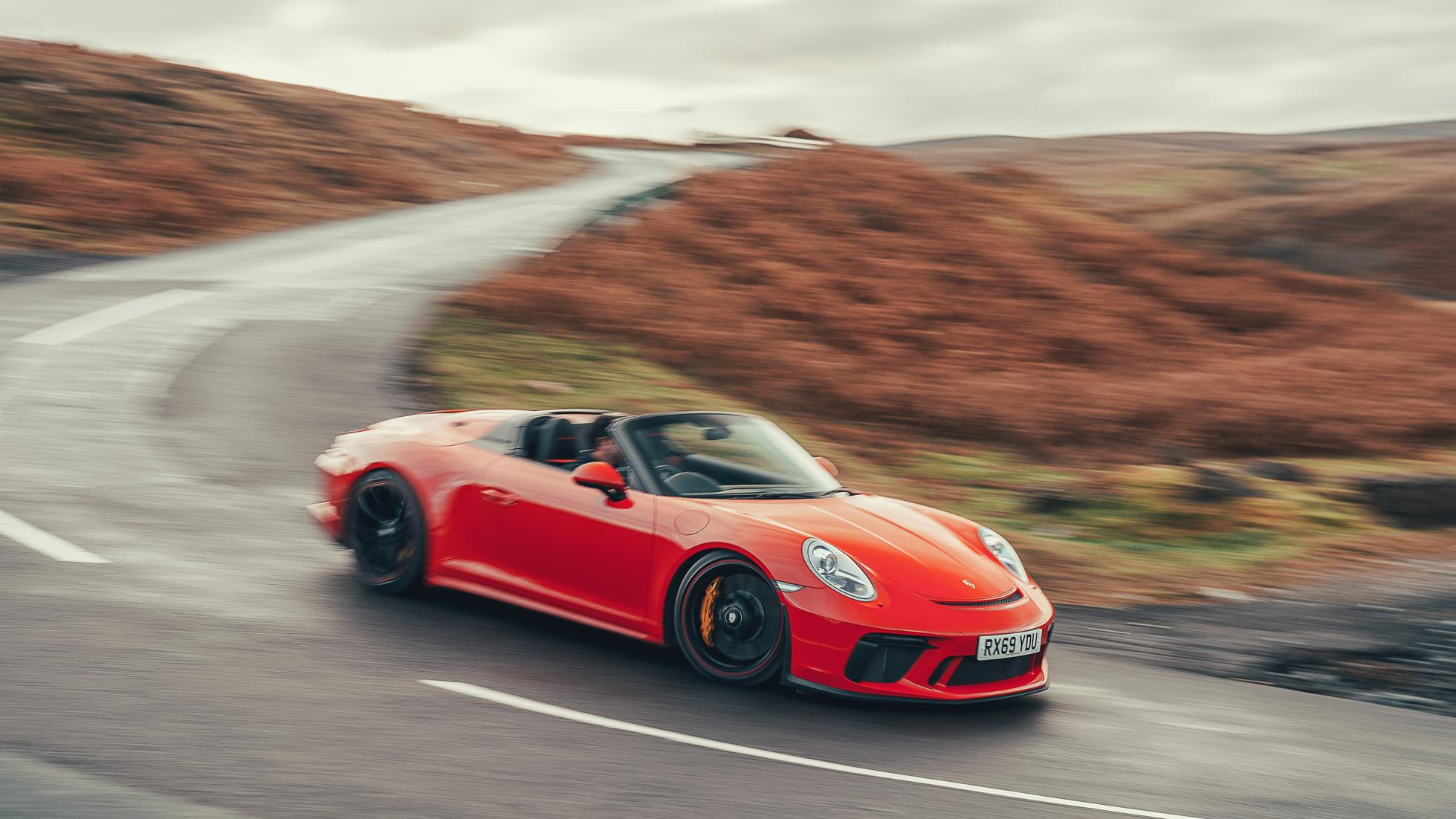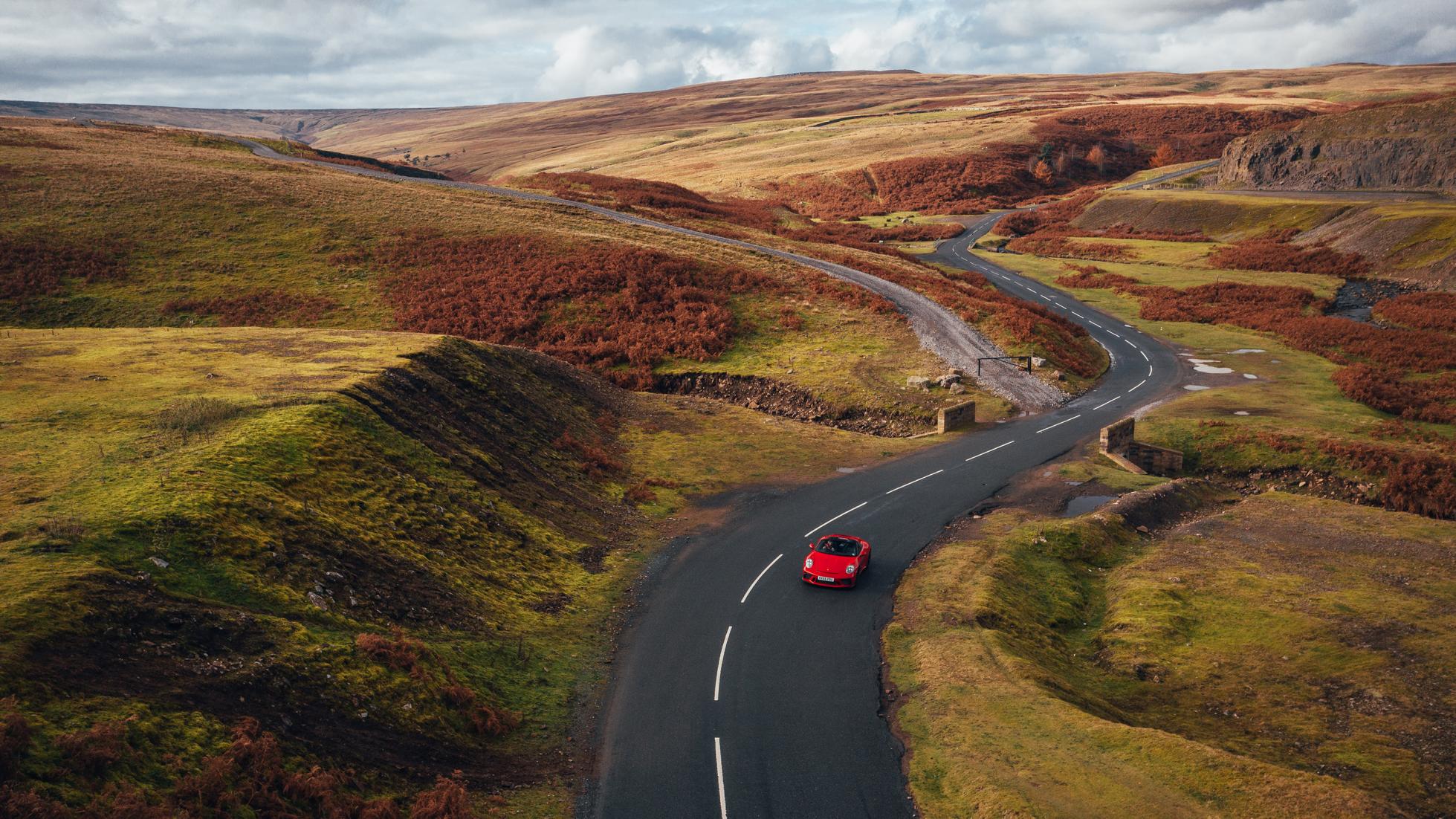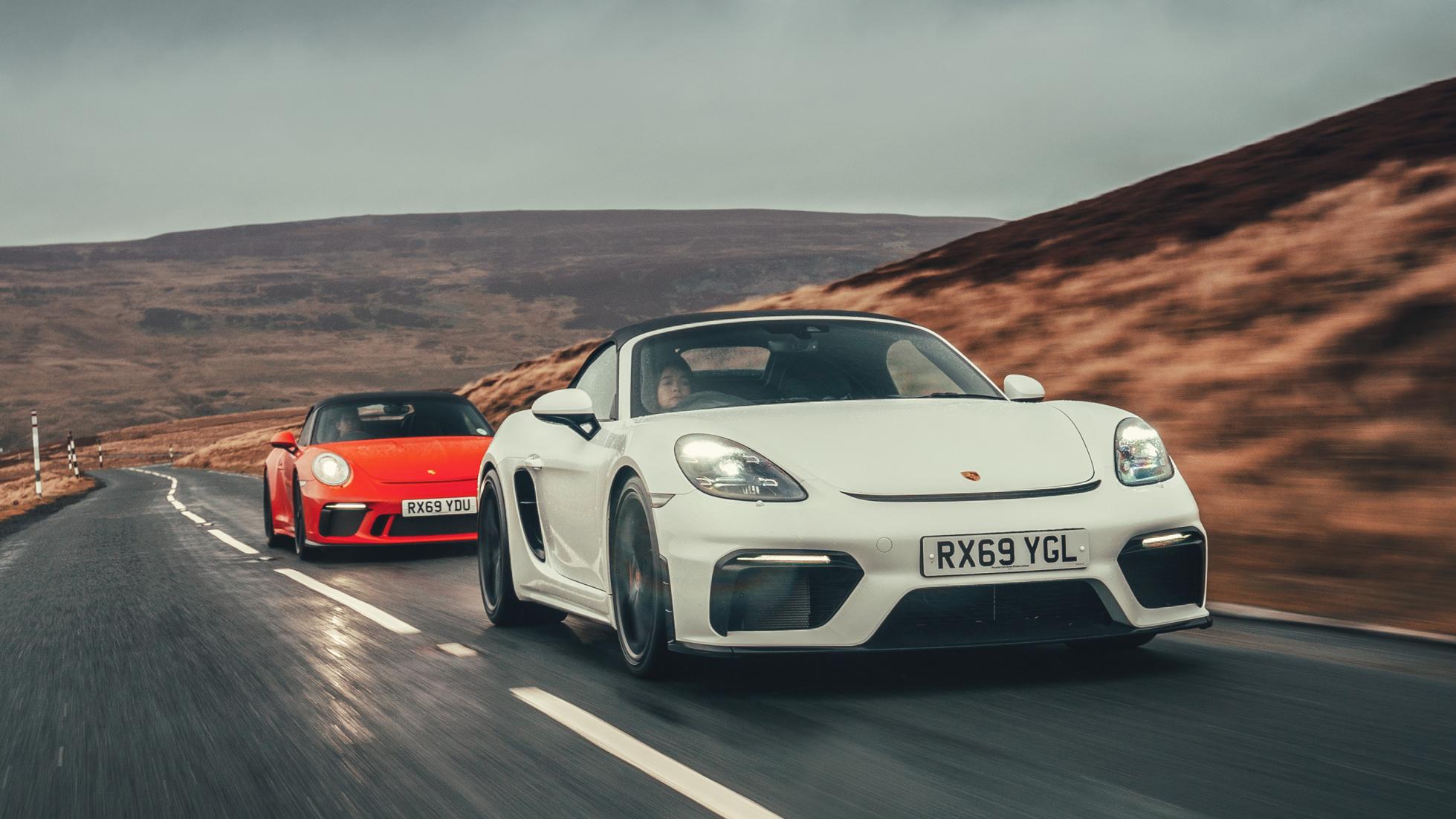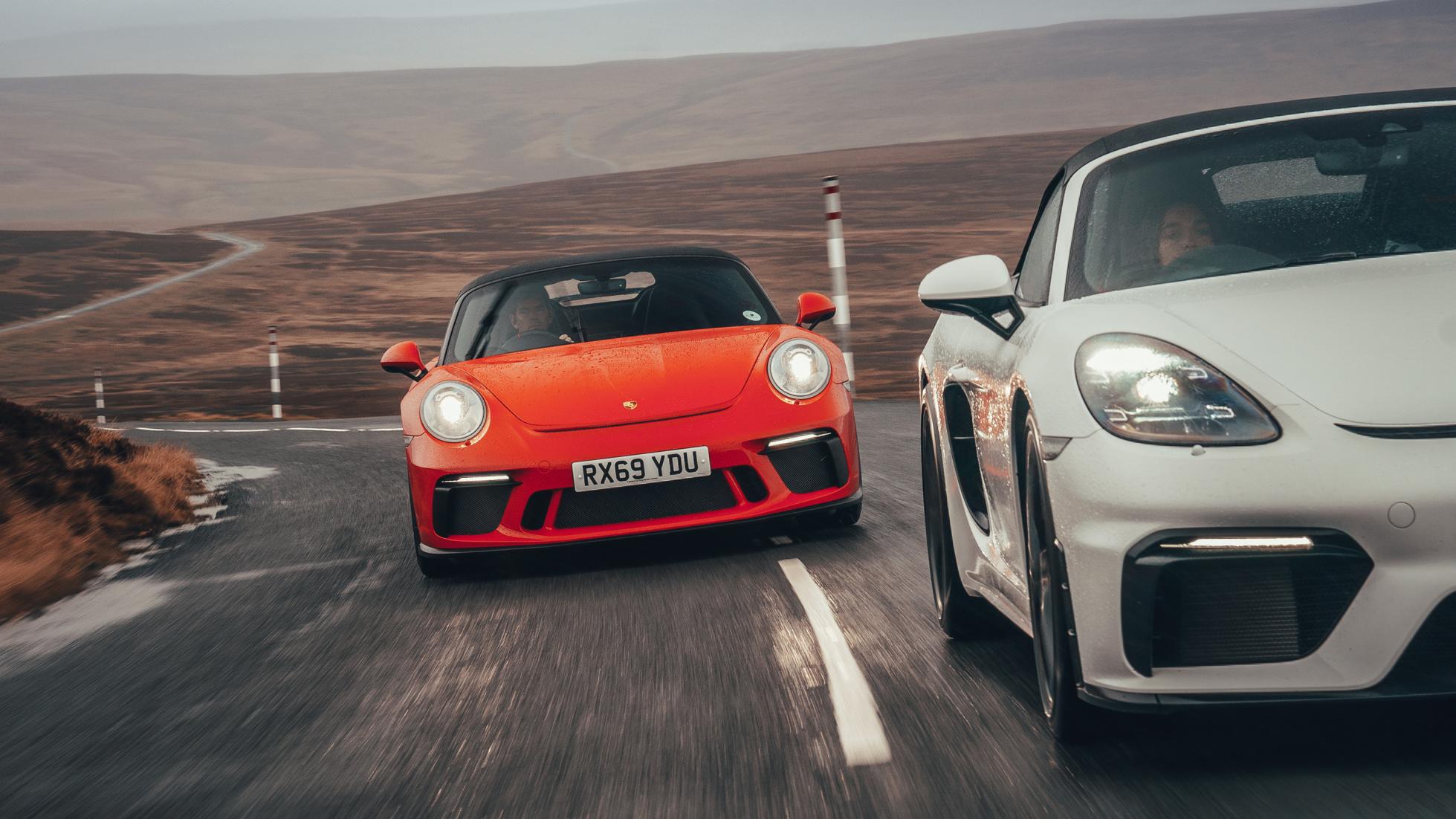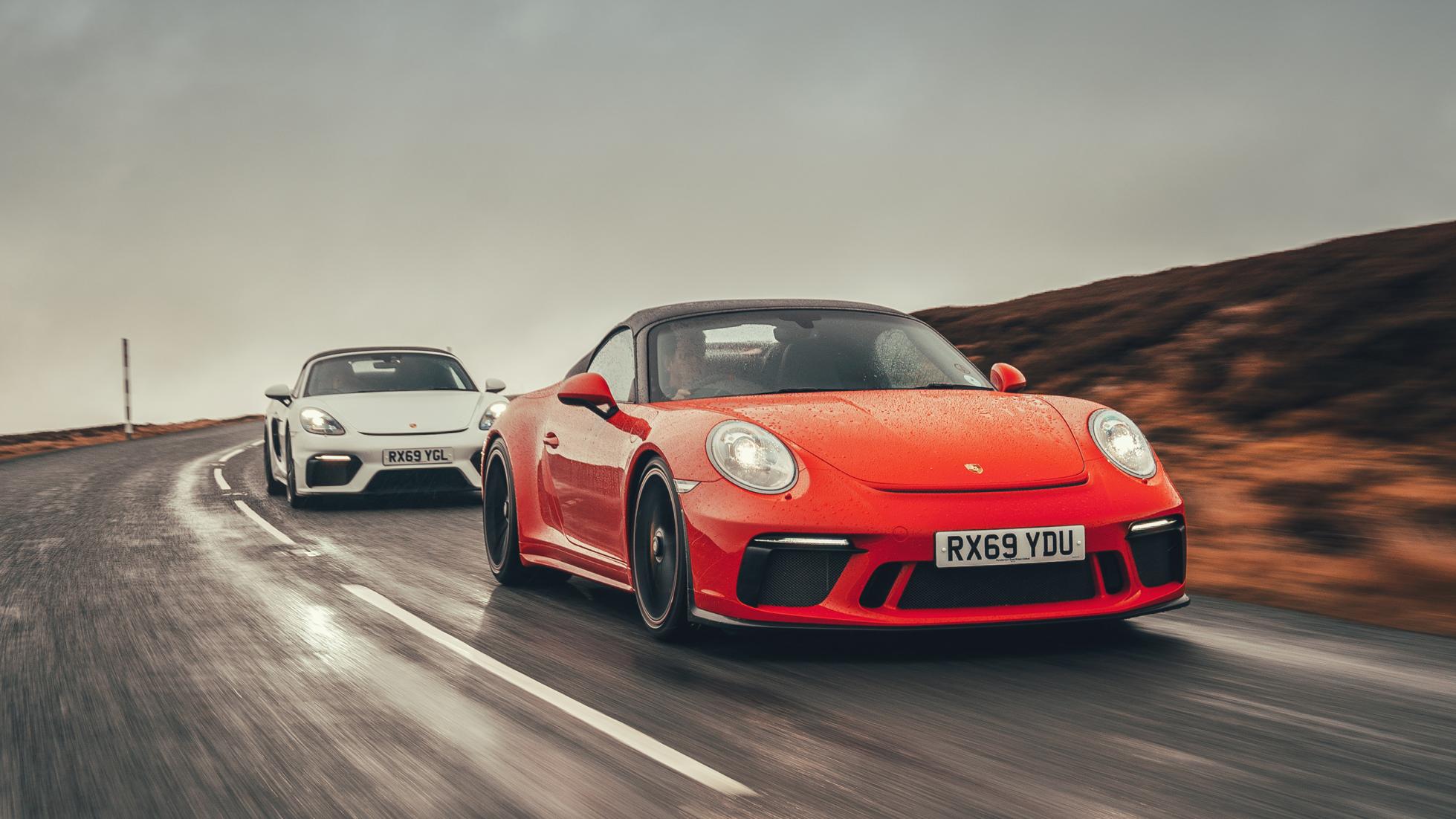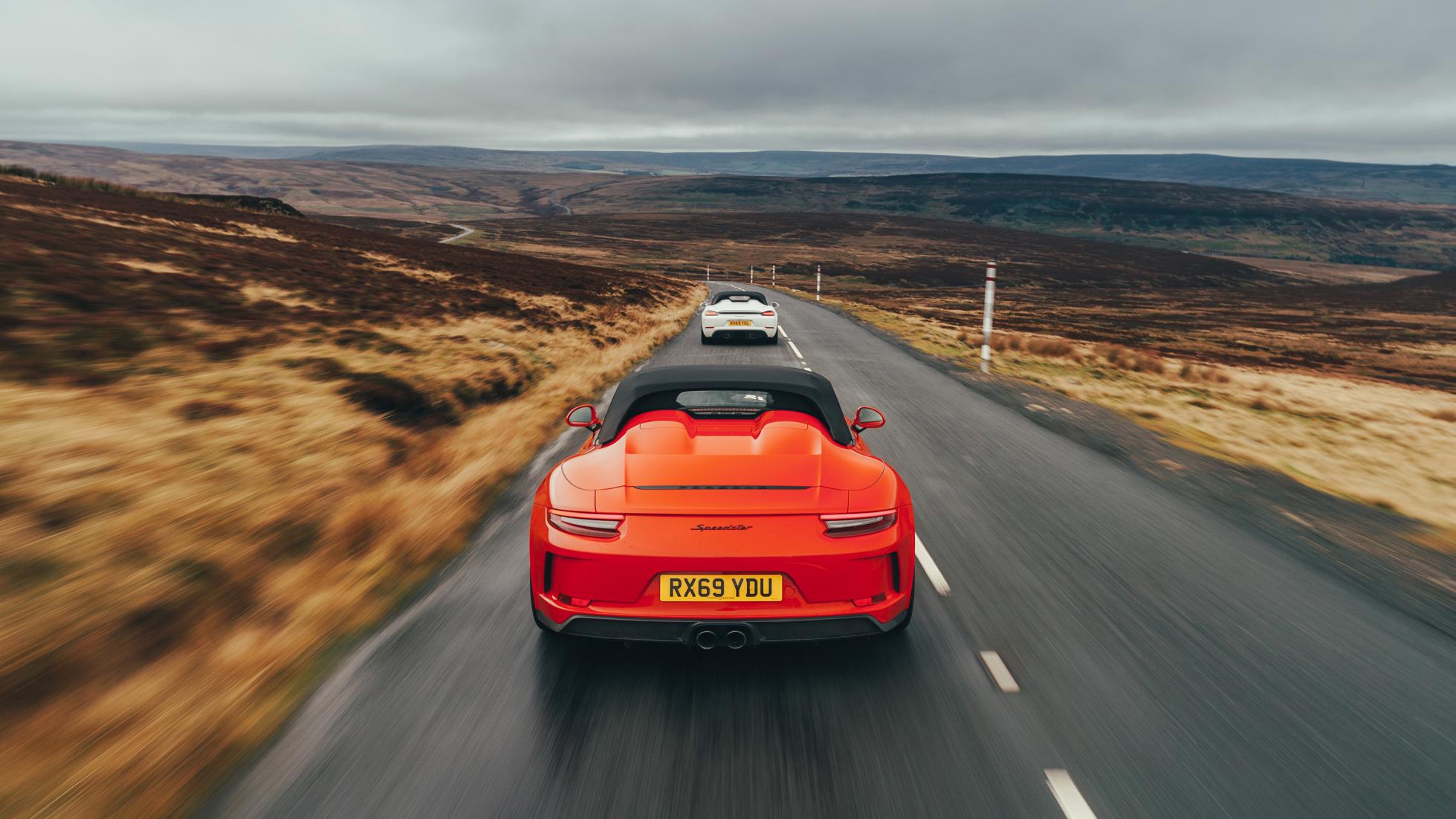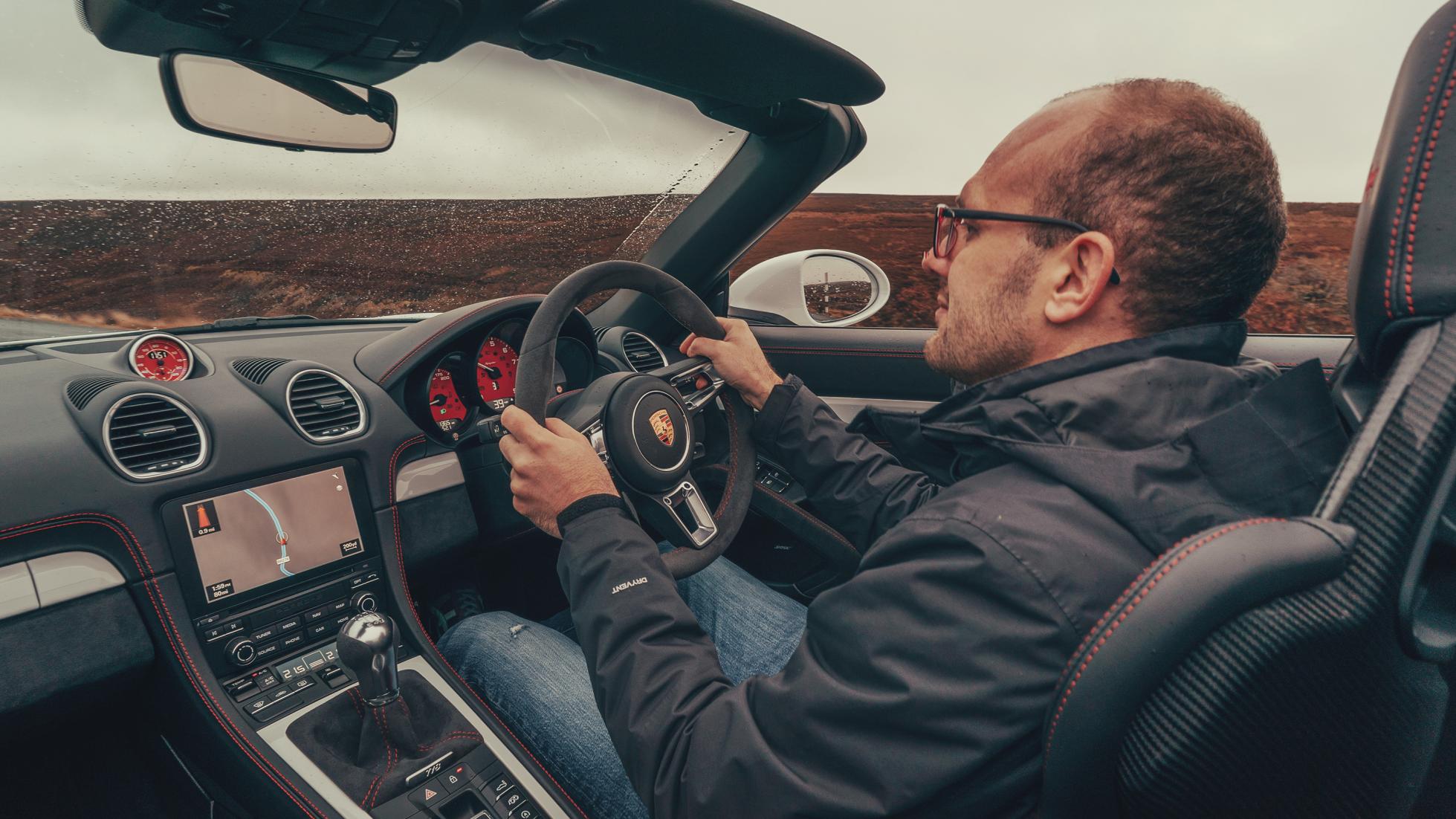Roadster heaven: Porsche 718 Spyder vs 911 Speedster
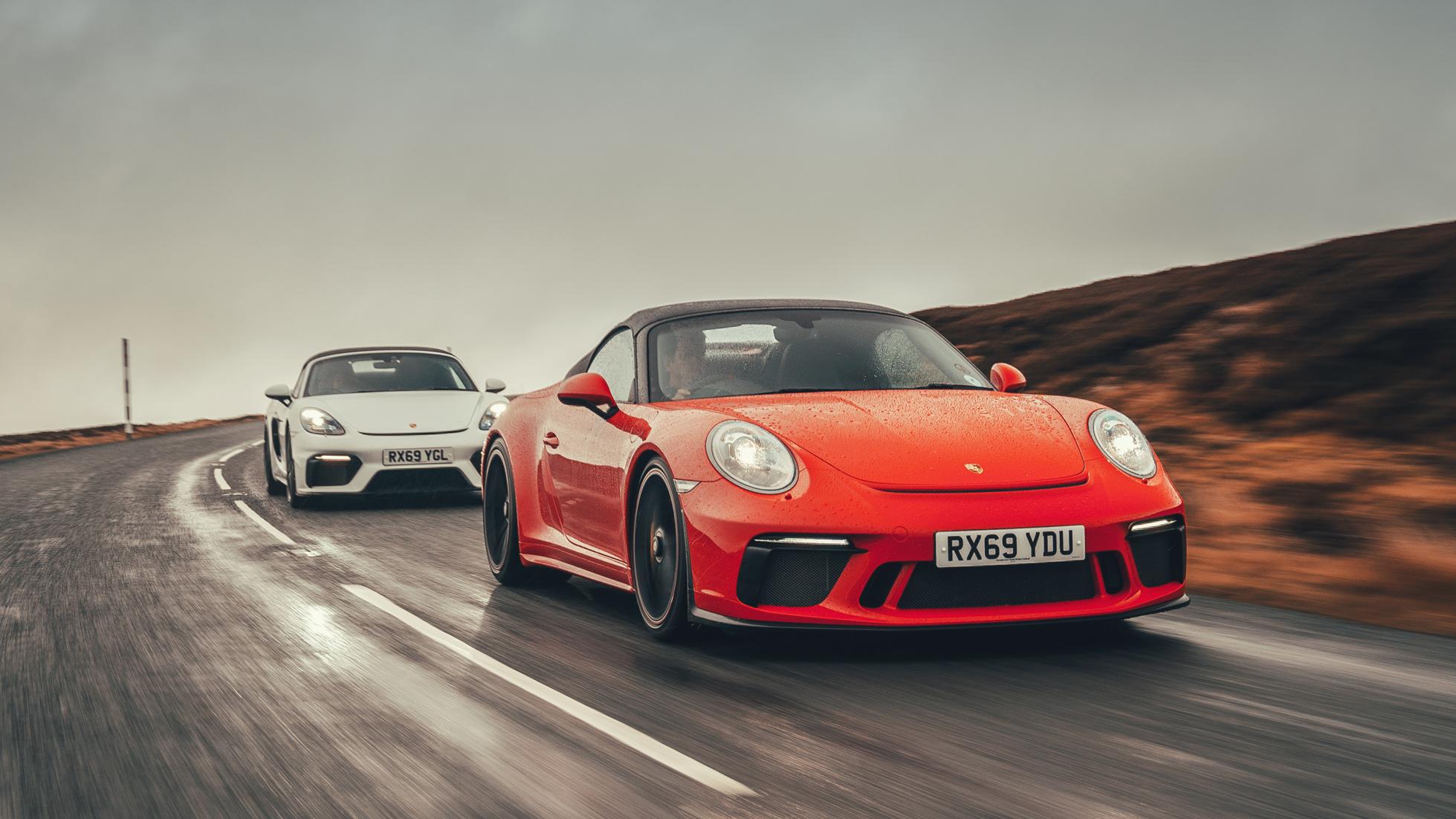
One hundred and thirty eight pounds per rpm. £138.19, to be precise. That’s the key figure that separates these cars, for me at least. Both 718 Spyder and 911 Speedster are glorious objects and as close to chassis perfection as we’ve come to expect – rely upon – from Porsche. Only the latter revs all the way to 9,000rpm, but it comes with a price tag almost as high as the notes emitted during its engine’s ear-splitting crescendo.
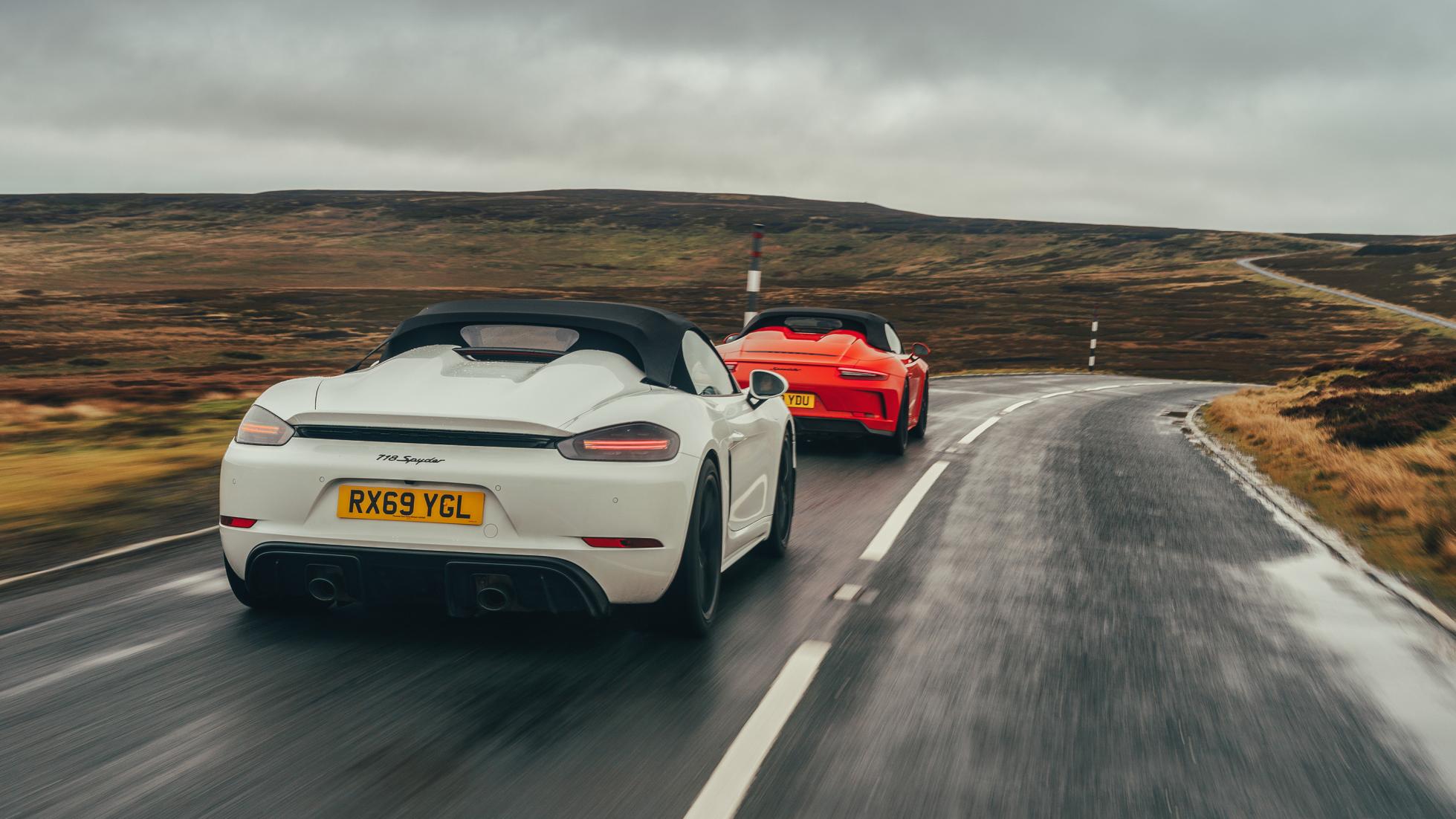
Both are new chapters in one of the most illustrious of Porsche’s history books. As a Spyder and a Speedster, they’re much more special interpretations of the firm’s roadsters, with an ancestry dating back to the Fifties.
They’re lighter in weight, sharper in focus and carry a roof mechanism that involves physically climbing out of the car and shifting components around with your actual arms. Pop the roof up and down regularly and you can probably save some money on a gym membership each month.
Which would at least help chip away at those list prices a little bit. The 718 Spyder starts at £73,405 – it’ll be twice as much as a base Boxster with a few choice options – while the 911 Speedster costs, and there’s no way of putting this lightly, £211,599. Except it doesn’t, because all 1,963 slots of its limited production run sold out quickly and it’s now suffering 911 R syndrome. There are rumours of people asking for a million quid for theirs.
It’s very hard for any car to justify costing that much money, let alone a previous-generation 911 in its run-out guise. And yet today, on this sodden wet, freezing cold road in the north-east of England, I think it does. And a good chunk of that is thanks to its magical 9,000rpm rev limit.
Honestly, you can file its sweep through the final 1,000rpm as one of the greatest, most life-enriching things in all of motoring. It’s up there with sliding a Ferrari around Fiorano, slithering down America’s west coast in a drop-top Camaro or plunging through British countryside in an old Land Rover.
And all with the help of a funny little stick in the middle of cabin, something both of these cars have. There’s no paddleshift option on either. It changes everything, because chasing the redline suddenly morphs from an easily attained activity – with the safety net of a transmission that’ll protect you from mishaps – to a fighting of your own willpower.

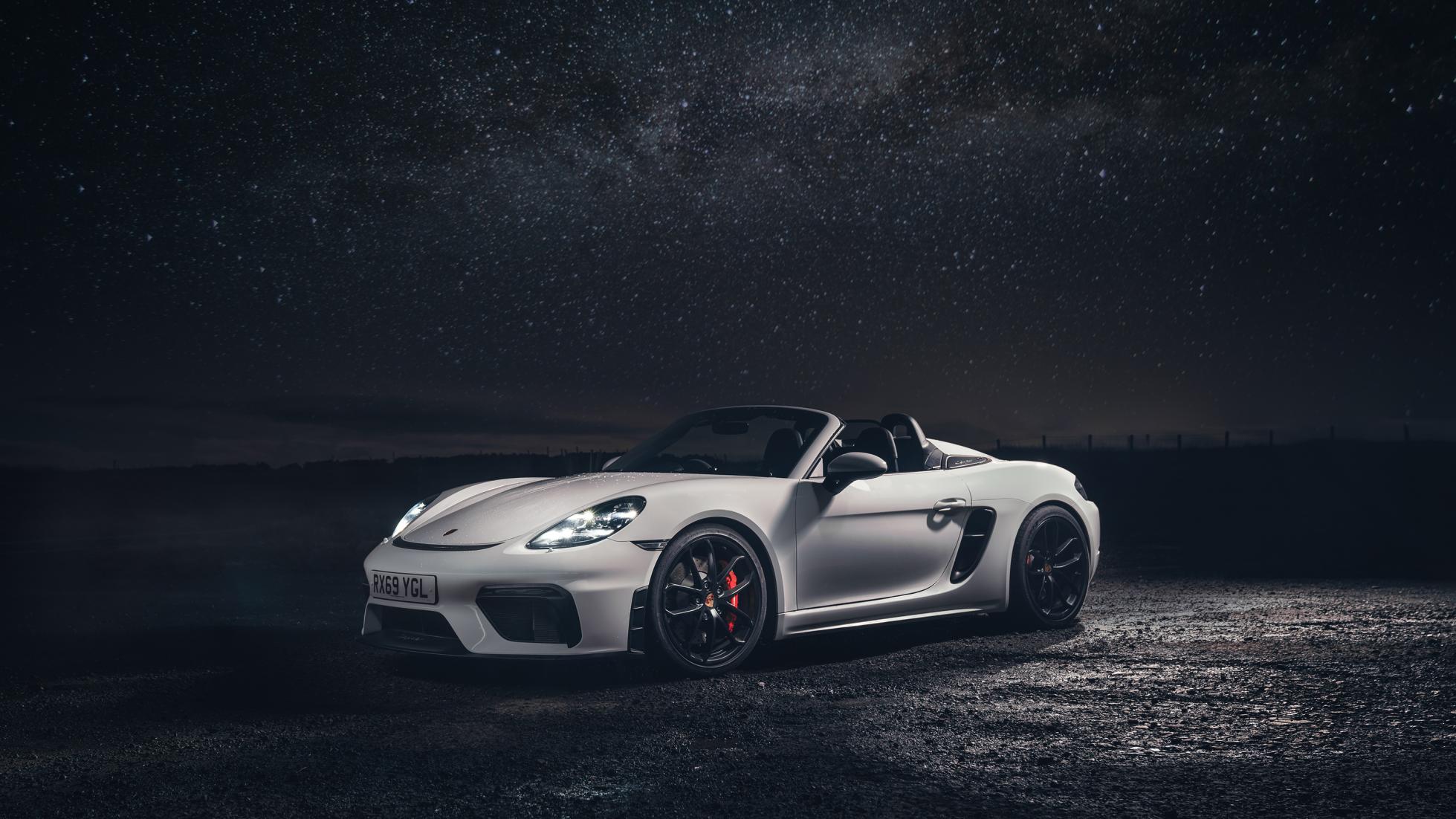

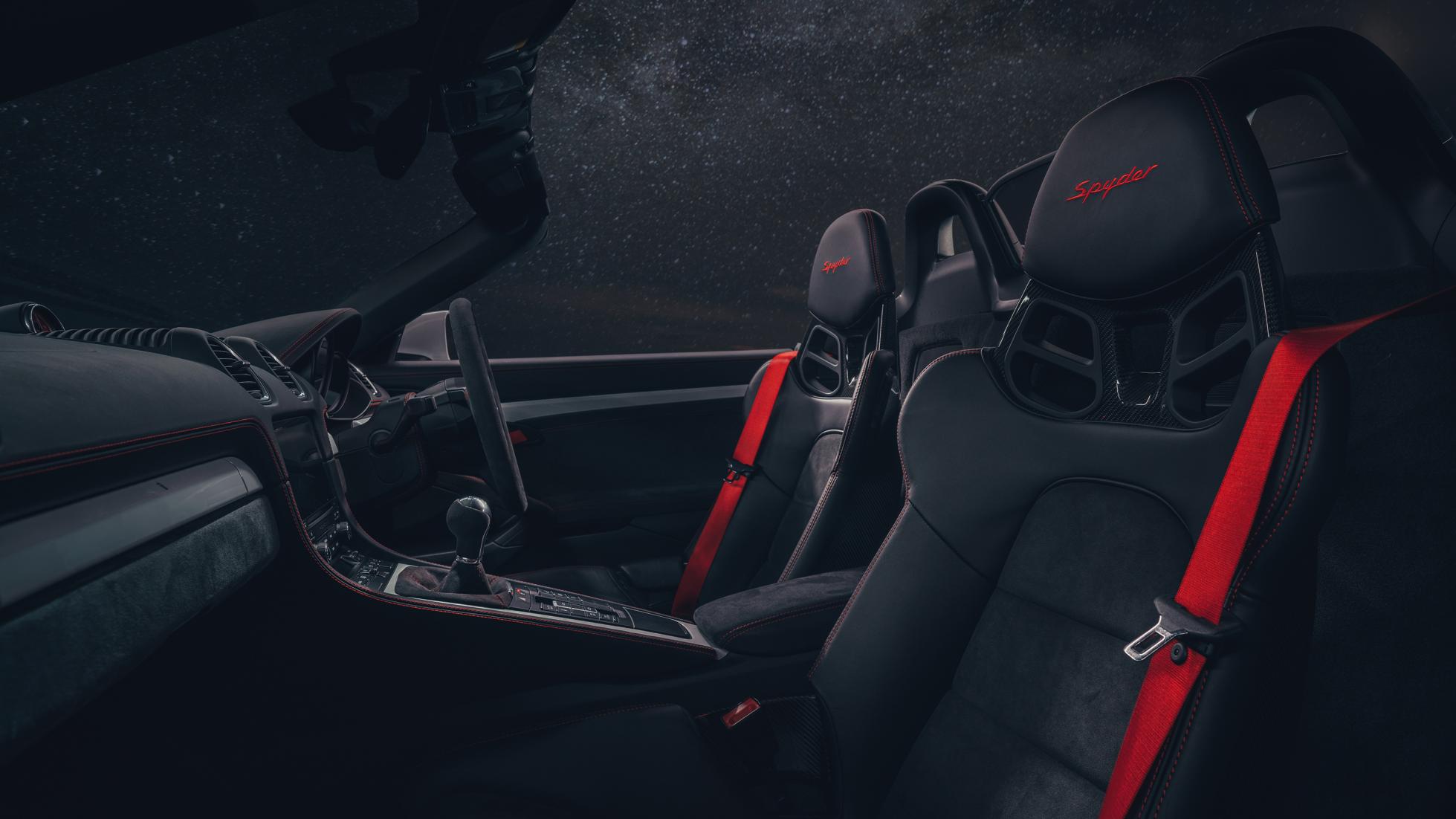
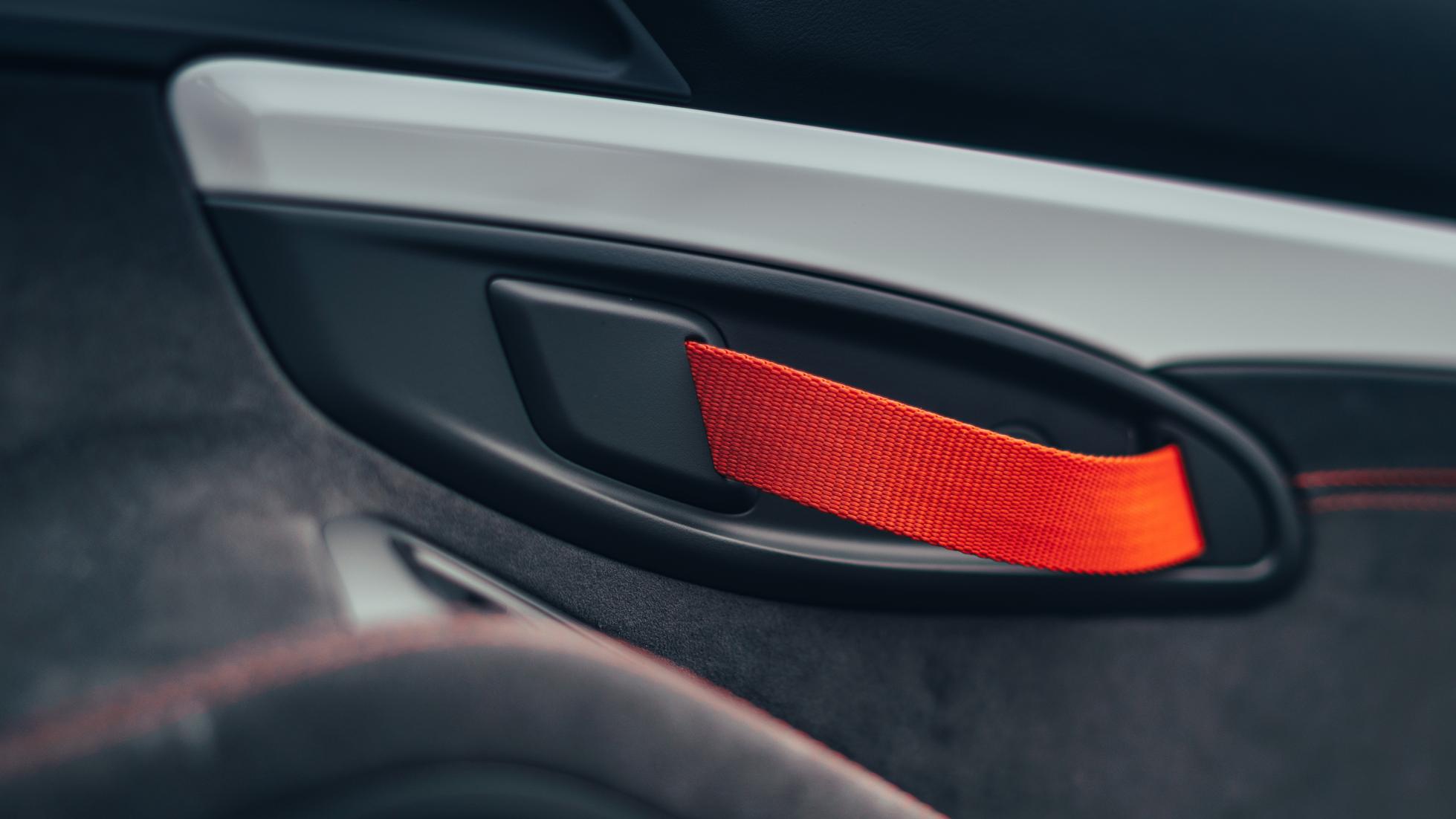
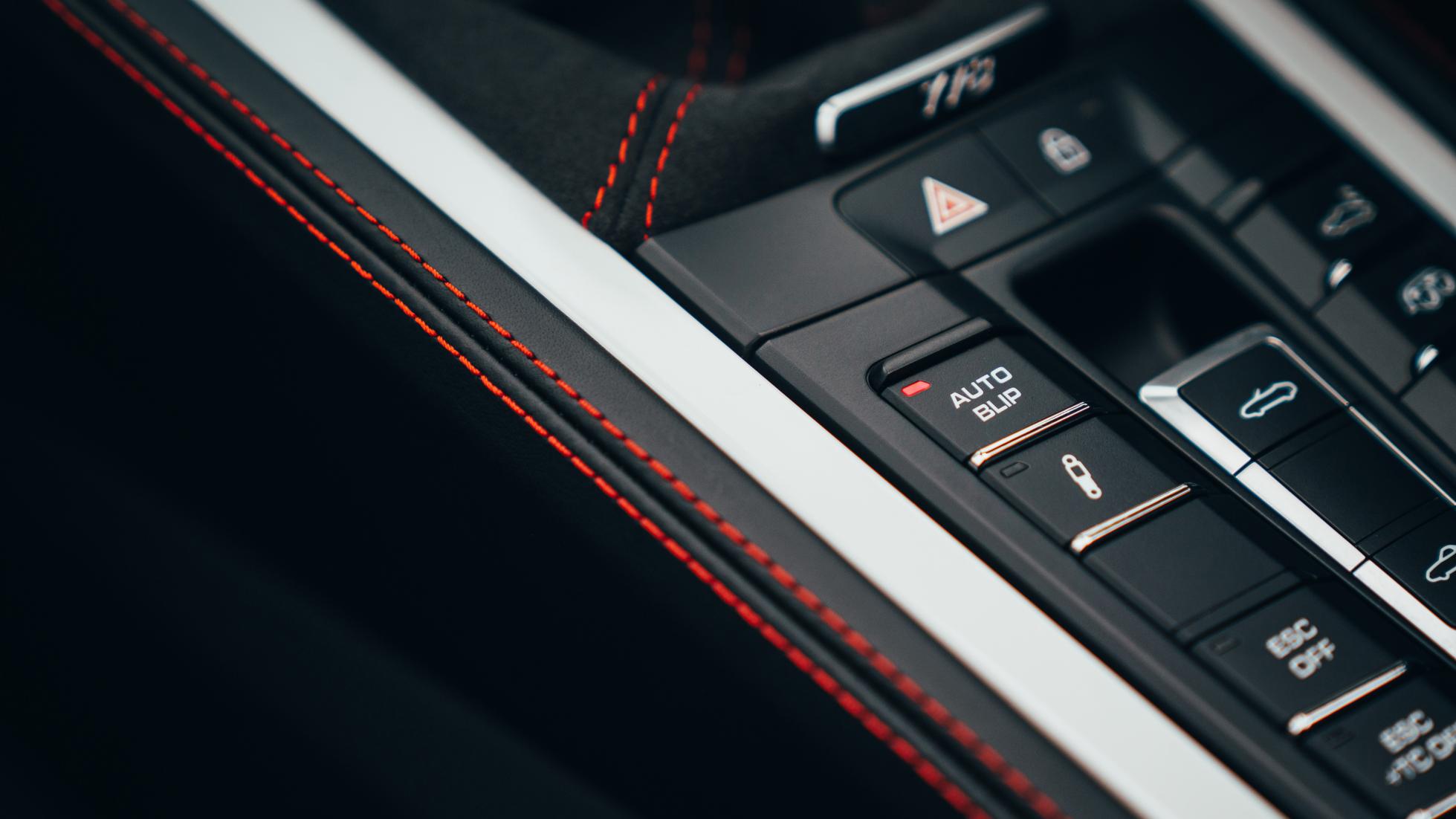
So torquey is the 911’s engine – a 503bhp flat-six also found hung over the rear axle of the old 911 GT3 – your arm might start tingling and moving from wheel to knob at about 6,000rpm. You’ll clock your wimpishness and hang on for another fifteen hundred revs relatively easy. But the next? It’s almost physically draining, the engine’s howl rising and rising, the sound ricocheting off nearby dry-stone walls like a wrung-out Moto GP bike off a pit wall, as you fear the pistons are about to fire themselves up past the Speedster’s rollover humps like Space X rockets headed for, well, space.
That moment you change up just as the needle whips past the nine is sweet, one made all the more special because of how frustratingly long the gears are. There are few chances to chase this high legally, but boy will you take them. And they’re what so crucially draw a line between these two cars.
Because otherwise, they’re both as exceptional as each other. If you’ve read any car stuff on the internet ever, you’ll know how boringly predictable praise of Porsches is. But it’s all true, I promise. These two have electrical steering systems that border on witchcraft in terms of the feel and feedback they possess, while there a few better manual gearshifts on sale and even fewer brake pedals that are genuinely enjoyable to use. Porsche’s engineers just get what drivers want.
Words: Stephen Dobie
